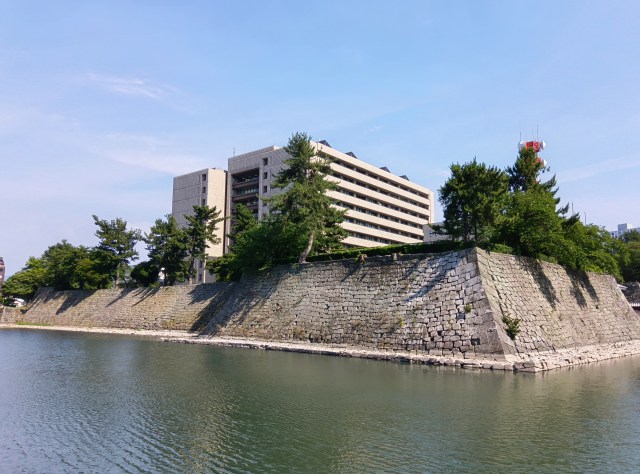
Ruling the land from inside a Japanese fortress.
As we enter a brave new world, where AI rapidly continues to permeate society, we’re now being fed recommendations based on algorithms that analyse our interests, narrowing our view of what’s really out there. That’s not necessarily reason for despair, though, as it actually highlights the importance of human interaction and conversations, which are now more vital to broadening our horizons than ever before. With everyone seeing a completely different version of the Internet based on their interests, conversations can introduce us to surprises that would otherwise be completely hidden to us, and that’s what happened when a friend told us about a place we absolutely had to visit — the Fukui Prefectural Government Office.
Government offices are usually low on the list of places we’d ever think to visit for fun, but the reason for this recommendation became clear after taking a look at the location on a map.
▼ As you can see, this government office is surrounded by a moat.
That’s right — this site of bureaucracy sits on the site of a former castle, complete with moat and stone walls intact.
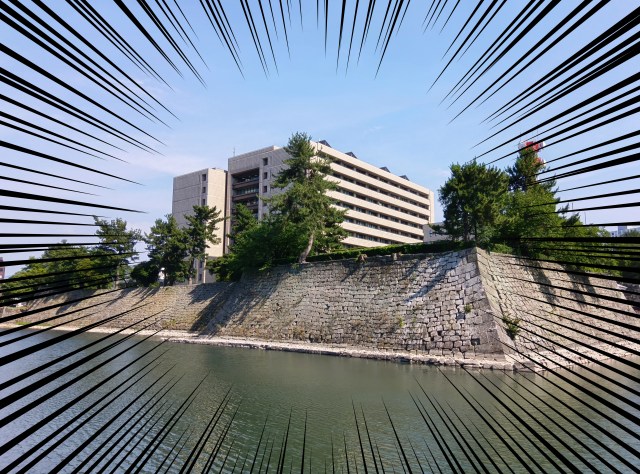
The fortified site may come as a surprise to castle lovers, even in Japan, but those who know about it like to cheekily describe it as the strongest branch of government in the country. It certainly looks imposing from the road on the other side of the moat, and things get even more interesting when you cross over and enter the grounds.

During the Edo period (1603-1868), this site was the headquarters for warriors belonging to the Matsudaira clan, and their spirit hangs in the air today, with the moat and stone walls being authentic remnants of the castle that date back to the 1600s.

In addition to the original features there are some modern additions like a wooden castle gate, which helps to keep the government building secure.
▼ We don’t know any other prefectural office that’s protected by a castle gate.
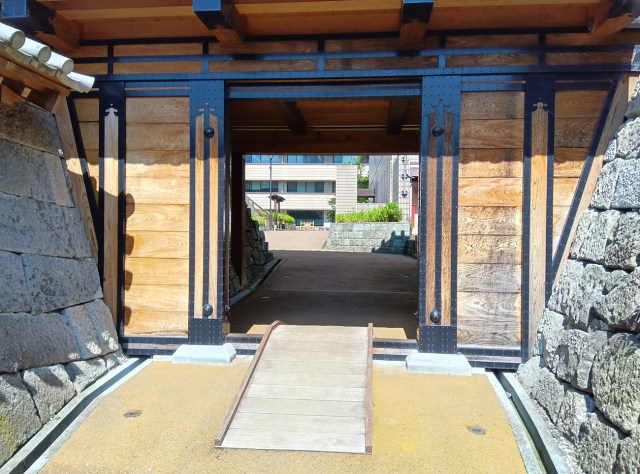
No original wooden buildings remain — the main castle tower was destroyed by fire in 1669 and never rebuilt — but with a lot of the stone features still standing from the time of the original castle, it’s easy to feel like you’ve stepped back in time.
▼ This view would’ve looked somewhat different in the feudal area.

While other castle sites in Japan are overrun with tourists, this little-known spot remains deserted a lot of the time, except for the presence of office workers, the modern-day samurai, so you can really connect to the history and beauty of the site in a special way.
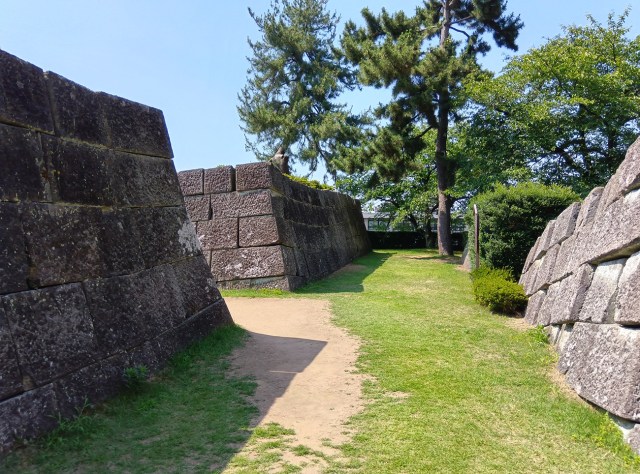
It’s easy for the imagination to run wild in the quiet serenity here — so much so that we could easily imagine a fallen warrior taking refuge in the shade of this mossy, sloping wall.

▼ If these walls and lawns could talk, what stories would they tell?
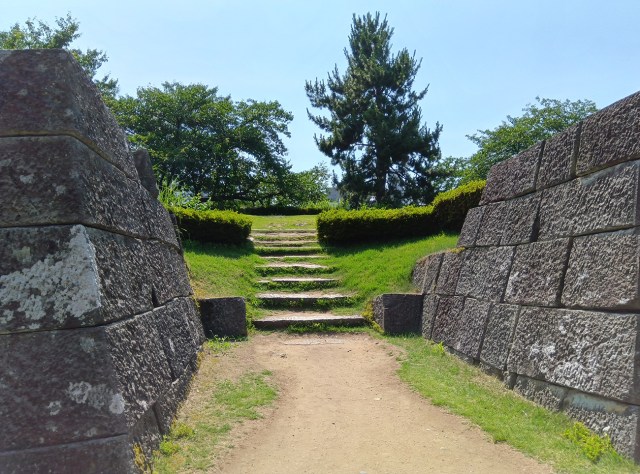

With Japan being prone to earthquakes, it’s amazing that this site has survived several centuries. One close call came with the 1948 Fukui Earthquake, though, when some walls shifted, causing them to visibly tilt, as seen in the photo below.
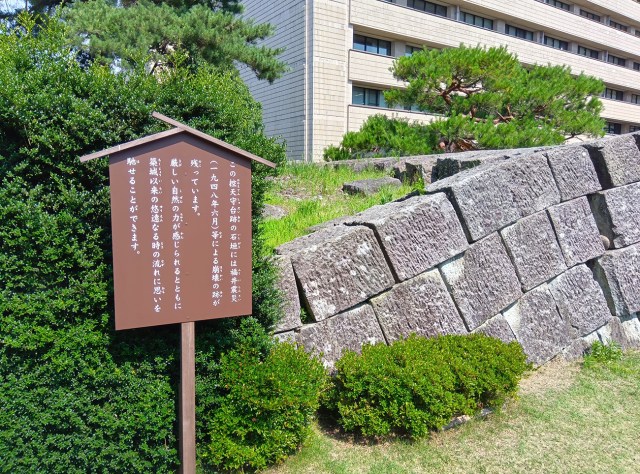
▼ Another little-known but impressive site here is the well that gave Fukui its name.

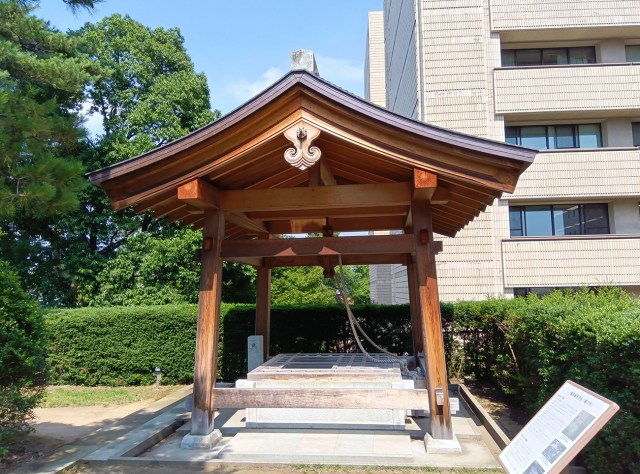
Called Fukunoi, or “good luck well”, this life-giving water source inspired the name of the castle and the surrounding area, making it an important historical site for the city.
▼ It’s also a fascinating site for visitors.
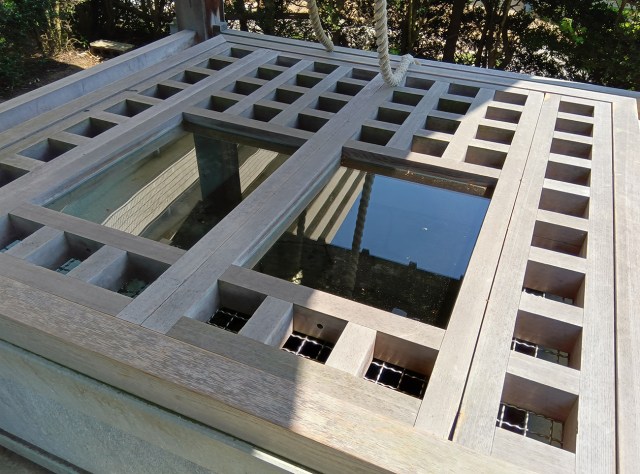
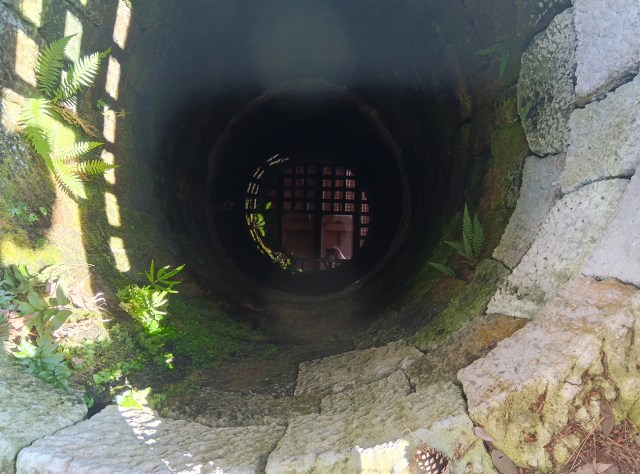
The good luck seems to have rubbed off on Fukui’s residents as the prefecture was ranked the happiest in Japan in 2024 by the Japan Research Institute’s “Happiness Ranking of All 47 Prefectures“. Fukui has maintained this ranking for 12 consecutive years, proving its residents are doing well in terms of income, health, education, employment, and community connections.
Then again, when you have your government looking out for you from a castle fortress, there’s a strength and security in that knowledge that’s bound to leave you feeling content. So perhaps this really is the strongest branch of government in the country!
Site information
Fukui Prefectural Office / 福井県庁
Address: Fukui-ken, Fukui-shi, Otemachi 3-17-1
福井県福井市大手3丁目17−1
Open: 8:30 a.m.-5:15 p.m.
Closed: Saturdays and Sundays
Photos ©SoraNews24
● Want to hear about SoraNews24’s latest articles as soon as they’re published? Follow us on Facebook and Twitter!






